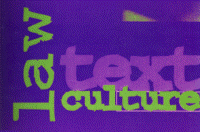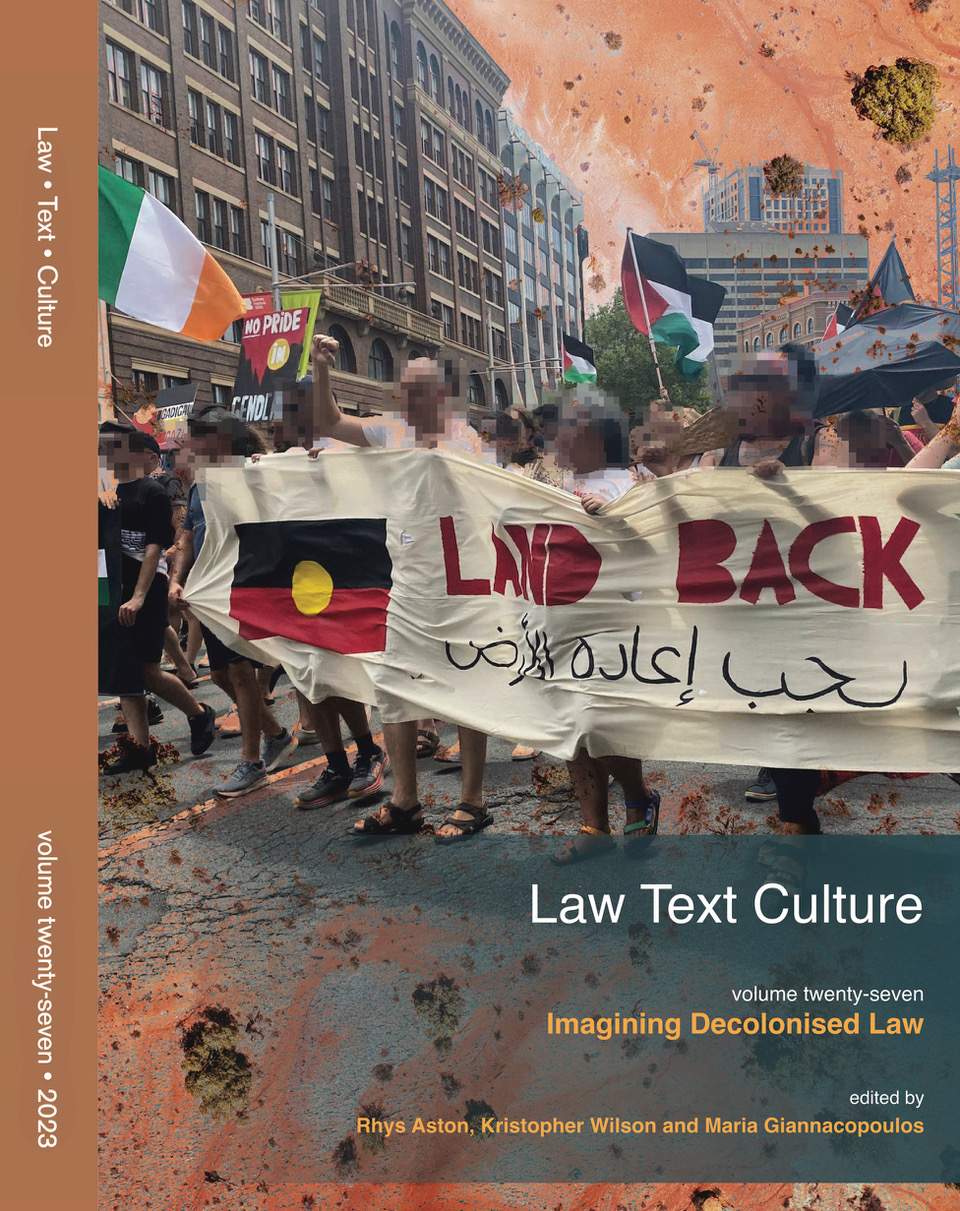Abstract
A number of artists in America have been arrested and detained in the last few years on the suspicion of terrorism. Using Clinton Boisvert as a primary example this paper provides metapictures to explain the difficult job of defining and imaging ‘the terrorist’. Certain issues arise at the nexus of criminology and visual culture, in relation to terrorism. First, the visual representation of terrorism and the terrorist has become an important addition and a ‘dangerous supplement’, in Derridean terms, to anti-terrorist legislation. Visual culture has become a primary site in which legislative terms have been confronted both as concept and affect. Second, the site of collision, where art has been mistaken as the terrorist act, helps illustrate the relationship between sovereignty and outlaw, between friend and enemy and to use more recent parlance between the patriot and the terrorist. In addition to the written character of the law, the iconic character of the law, is also seen to be a site of negotiation for legal scholarship.
How to Cite:
Watts, O., (2006) “The image and the terrorist”, Law Text Culture 10(1). doi: https://doi.org/10.14453/ltc.608
Downloads:
Download PDF
View PDF
219 Views
989 Downloads

